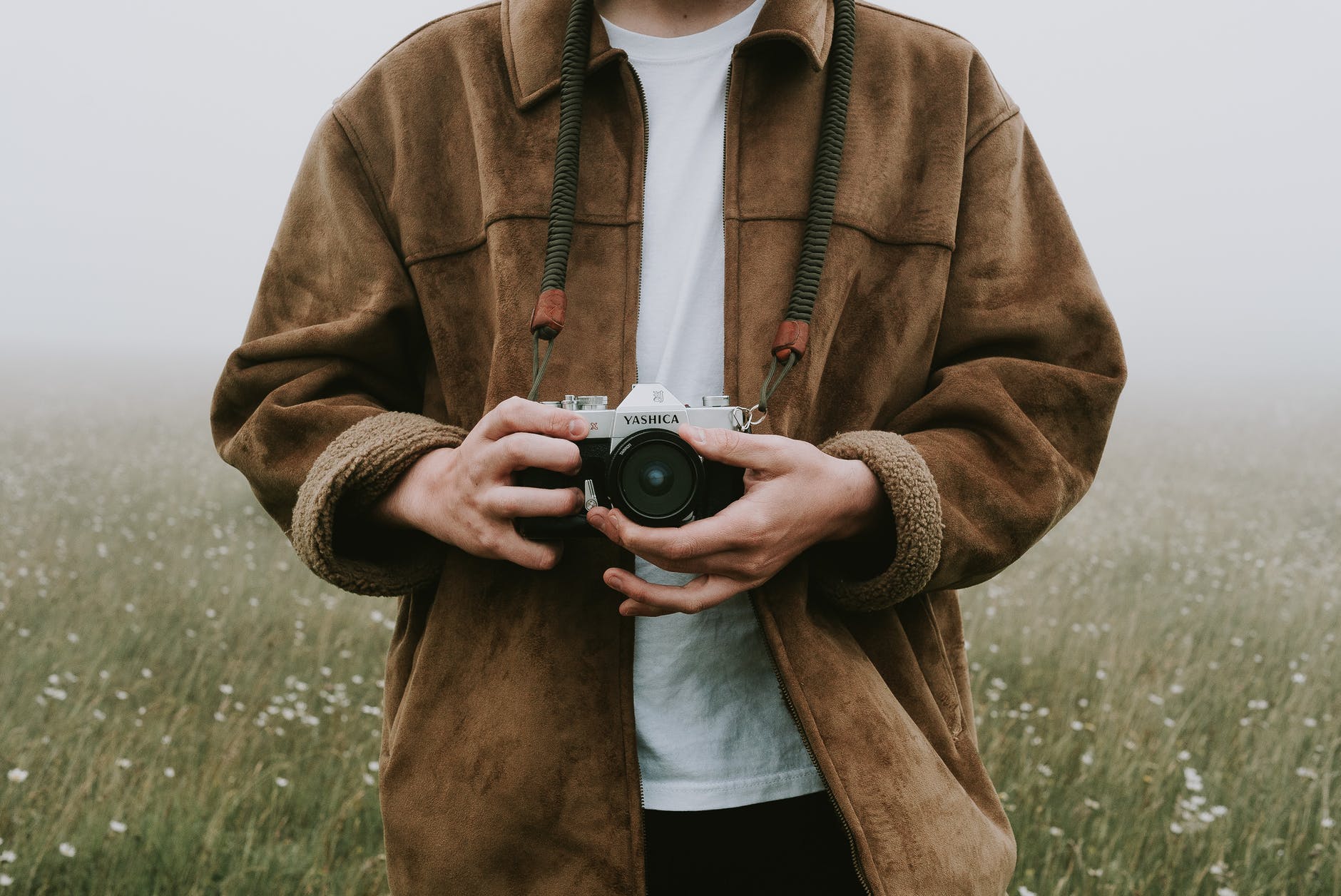
A photography filter is a camera accessory used to modify photographs. Many people disregard their importance since software is readily available to tweak photos. However, filters will contribute to outstanding pictures if you take the time to understand and research them.
The correct filter size for your camera depends on the diameter of the lens. Standard sizes include 49mm, 52mm, 55mm and 67mm, but many other sizes are available. The most frequently used filter is the UV filter. It blocks out ultraviolet rays and protects your lens.
There are many different types of filters available. These five are the most commonly used by photographers.
- Polarizing filters
A polarizing filter is typically put in front of the camera lens to manage reflections, subdue glare and darken skies. It makes your photos appear less shiny while enhancing the colors. Check out vsco lightroom presets for free tools to improve your photos further.
The most popular polarizing filter is the circular polarizer, particularly if you have an autofocus camera. It consists of two attached filters that can turn until the desired amount of light is absorbed and the photo is to your liking.
Polarizing filters are suitable for all types of photography. When shooting landscapes, they sharpen the colors while practically eliminating the glare and reflection caused by water or glassy surfaces. They are also valuable for taking indoor shots, particularly for people who wear glasses.
- Neutral density filters
A neutral density (ND) filter is a must-have for most photographers. It is similar to a polarizing filter since it sits in front of the camera lens. The ND filter’s job is to limit the amount of light that makes its way into your camera. However, it does not change the color of the resulting photo or move like the polarizing filter. The neutral density filter functions for the camera much like sunglasses do for your eyes.
Neutral density filters are useful for aperture and shutter speed issues, and their different levels correspond to the number of stops of light they will darken your exposure. Neutral density filters are best suited for landscape, street and flash photography. They are also useful for capturing moving bodies of water.
Graduated neutral density filters are also very popular with photographers. Instead of being a solid shade, they are dark on one end and gradually get lighter until they are clear on the other end. The three types of graduated neutral density filters are:
- The hard-edge filter, which is half gray and half clear, provides no gradual transition.
- The soft-edge filter allows for a smoother transition from dark to clear.
- The reverse filter is best suited for shooting sunrises and sunsets and transitions from dark to darker in the top half and clear in the bottom half.
Graduated neutral density filters are ideal for landscape for photography. However, their best use is shooting during the golden or magic hours, the first and last hours of daylight.
- Warming and cooling filters
Also known as color correcting filters, warming and cooling filters are very important if you are still shooting with a film camera. They alter the white balance of the photograph while enhancing certain colors. The automatic adjustment for white balance on digital cameras has reduced the requirement for warming and cooling filters but do not eliminate it entirely.
Warming and cooling filters are still in use, especially for underwater and unique lighting images, where the considerable amount of monochromatic light makes the automatic sensors ineffective. They are also handy for correcting indoor lighting.
- Enhancement filters
There are many types of enhancement filters for your camera. These are a few of the more popular enhancement filters.
- Sharpening filters, also known as high-pass filters, intensify objects’ edges and tweak the contrast and shade in a photo. Sharpening filters hold on to the high-frequency information while lessening the low-frequency information.
- Line and edge enhancing filters sharpen the lines and edges between objects. They provide the effect of subtle highlights on both sides of the lines or edges.
- Laplacian filters are derivative filters and sharpen the edges of a larger space in the photo. Because Laplacian filters are susceptible to noise in the picture, a Gaussian filter is often applied first to quiet down the image. This two-step process is called Laplacian of Gaussian filter.
- Sobel filters and Roberts cross filters are used for edge detection by computing the colors’ severity in the photo.
- Graduated color filters
Graduated color filters add color to a portion of a photo where the original color may not be as intense as you would like or simply not visible at all. All graduated color filters, which come in several different shades, are both clear and colored.
The subtle touch of color can add a dramatic effect or enhance what was already in the photo. For example, an orange filter can intensify a sunset while a red filter will darken the sky. Blue filters bring coolness to a photo and enhance the atmosphere, water, and even some landscape aspects.
These five filters are the most commonly used by photographers. However, many other specialty filters are available for more specific uses, such as the infrared filter, starburst filter, day for night filters, and diffusion filters.
Protective UV and skylight filters protect the camera’s lens from dirt, scratches, and other types of damage. Skylight filters also are valuable for reducing the brightness of a sky or maintaining accuracy in skin tones.
Close-up or macro filters are used in macro photography, a technique in which very small objects are photographed and made to look bigger in the photo. Using the filter is less expensive than purchasing a macro lens, which benefits photographers who do not often take close-up or still life shots.
Whichever filter or filters you decide to use, first research to determine if they will fit your needs and budget. Although not as costly as a lens, a filter is an investment, so choose wisely.